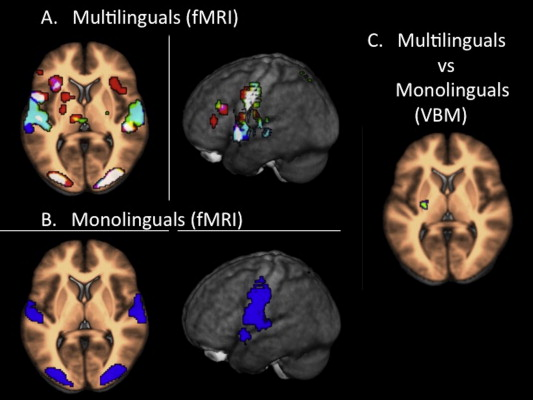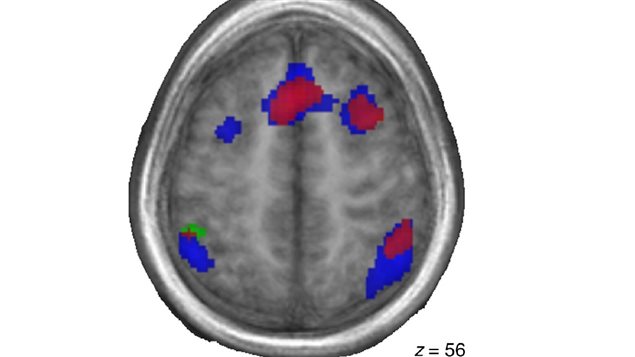

We also observed that some children refuse to use English with their parents, with teachers as a reference of the English language.

The motivation for this study is based on pedagogical practice, in which, working with children in bilingual schools, being exposed to two languages, we could observe some patterns, such as the fact that the children understand the teacher in English, but only respond in Portuguese, sometimes mixing English words.
#Bilingual brain vs monolingual brain how to
The objective of this work is to better understand how two languages are learning simultaneously, in order to be better prepared to assist children during linguistic acquisition, as well as to know what to expect from this process and how to measure the use, supporting the teacher and the family through theoretical foundation. The study points out the hypotheses that language acquisition is easier in the first years of life, that if in the first years of life the child is exposed to two or more languages it learns them as mother tongues, not secondary languages, and that for the acquisition of two or more languages at the same time, the child needs different references. In this study we will address the theme of language acquisition, presenting the brain processes involved, and make a parallel between the bilingual brain and the monolingual brain. With regard to bilingualism, there are still many questions about how the acquisition of two languages happens simultaneously, and many doubts about their effects on learning. According to Ramírez and Kuhl (2016), about two-thirds of the estimated world population understand sororis or speak at least two languages. Currently new challenges and questions about the subject have arisen with the increasing need to speak two or more languages. With advances in technology, the contributions of neuroscience were extremely significant to clarify, based on scientific brain scans, how language acquisition occurs. Over the centuries, scholars have tried to formulate theories that explain how the process of linguistic learning takes place. Language acquisition is a very complex process that involves numerous cognitive, behavioral and social aspects. Keywords: language acquisition, neuroscience, bilingualism, social aspects, phonetics. The results show how the brain processes language acquisition, shows the difference between learning two languages simultaneously, and sequentially, and presents how social factors and language are associated. For this study, we chose to use the bibliographic research of foreign literature, because not enough materials were found in the Portuguese that covered the areas of study contemplated. Aspects such as the cortical organization of language, differences between the bilingual brain, compared to the monolingual brain, and influence of social interaction on linguistic learning are explained in this work to provide a broad view of bilingual language acquisition. The aim of this research is to better understand how two languages are learning simultaneously, so that we can be better prepared to assist children during linguistic acquisition, as well as to support the teacher and family through theoretical foundation. This work is a study on language acquisition, brain processes involved during its acquisition and bilingualism. Revista Científica Multidisciplinar Núcleo do Conhecimento. The Bilingual Brain: Brain processes during language acquisition. GABRIOTTI, Rafaela Bepe, ZOMIGNAN, Rosângela


 0 kommentar(er)
0 kommentar(er)
